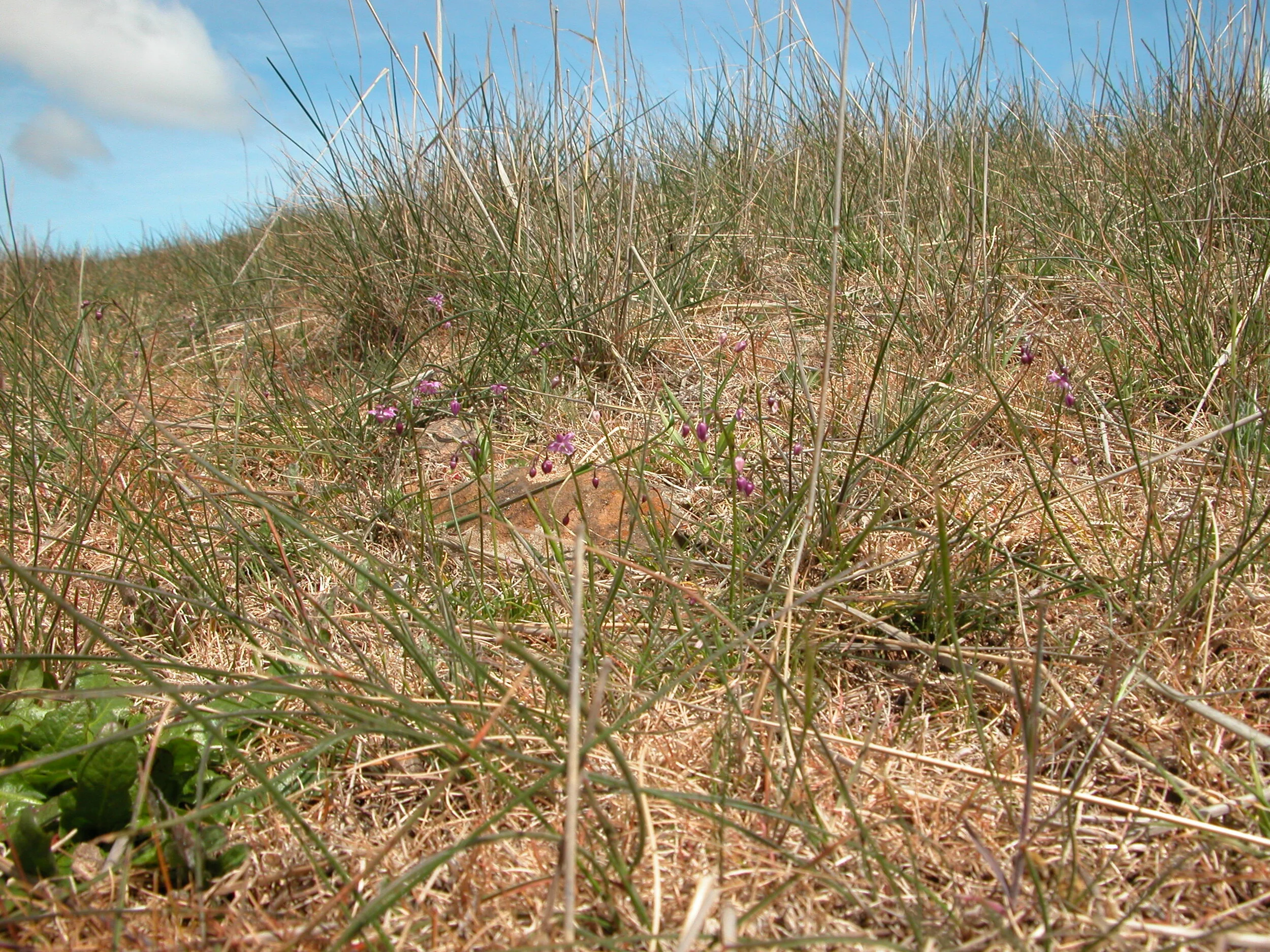Note to Yarns from the Farm readers: This is the final article in a series on climate change that I’ve written for our local monthly newsletter, the Southern Midlands Regional News. Previous articles can be found in Yarns from the Farm—see the links in the text below. The image above is tiny native vanilla lilies with a backdrop of native spear grass and wallaby grass.
Looking back over the series I’ve written on the science behind climate change forecasts, we’ve covered a lot of ground. In this final article, I’ll take a birds-eye view of the earlier articles.
Carbon dioxide is not as full-fledged a villain as it is often portrayed. In fact, without CO2 in our atmosphere life would not be possible: it regulates temperature and provides the “inhalation” nourishment required for plants to grow and produce oxygen gas for us to breathe. (Carbon Dioxide: Nature’s Tiny Solar Panels)
Enhanced levels of greenhouse gases, including CO2, methane and others, mean that the heat-absorbing capacities of these gases will increase the temperature in the atmosphere. That temperature rise began with the advent of the modern industrial age and concomitant increase in burning fuels derived from ancient forests. We know the source of the modern CO2 in the atmosphere from examining isotopes that trace the source of a given carbon molecule. (Take a deep breath…)
Heat from the atmosphere has been absorbed by the oceans over the 150 years since the industrial revolution, and has been mixed throughout the water column by ocean circulation processes, including vertical overturning cells in both north and south polar regions. The net change in ocean temperature at the surface is currently an average of about 1 deg C. (Galileo Fixes Everything)
The relatively small temperature change reflects a huge heat gain by the ocean, a heat source which is now feeding back into the atmosphere. There is no way to make that heat source “go away” other than allowing heat to disperse back into the atmosphere and ultimately back into space. The increased greenhouse gases in the atmosphere inhibit those natural processes. (If You Don’t Like the Heat…)
So, we’re stuck with the heat in the ocean and the effective 1 deg C of temperature rise so far.
The plot thickens further because it’s not just a matter of higher temperature in the atmosphere and oceans—the weather systems of the world are driven by temperature gradients at the surface. Temperature has not only increased, it has changed in distribution, in turn causing a destabilisation of our weather patterns. (Rainfall, Evaporation and Desertification)
The forecast increase in severe weather events is a result of the changing patterns of temperature around the globe. Severe weather events for us in the midlands of Tasmania will mostly centre around rainfall risk (flooding events and extended dry periods) and bushfire risk, all of which are forecast to rise over the current century. (Runoff and Water Supplies)
Soil dryness is key to the moisture-related risks we face, and although much of what will transpire is not in our control, maintaining good ground cover is one variable that we can influence. Given the high rate of evaporation we experience, the more ground cover we maintain, the higher the soil moisture and lower the risks. (Of Droughts and Flooding Rains; A Sunburnt Country)
Another variable in our control is the maintenance of biodiversity in our landscapes, including our production systems. High biodiversity means better resilience to the vagaries in climate and seasonal weather that we are facing. If you have lots of plant species in your system, more are likely to be adapted to whatever set of conditions you are facing in a given year. That will help with forage and with maintaining ground cover.
Science Insights is going to take the next few months off, but will return in early 2021 with a series on biodiversity.


